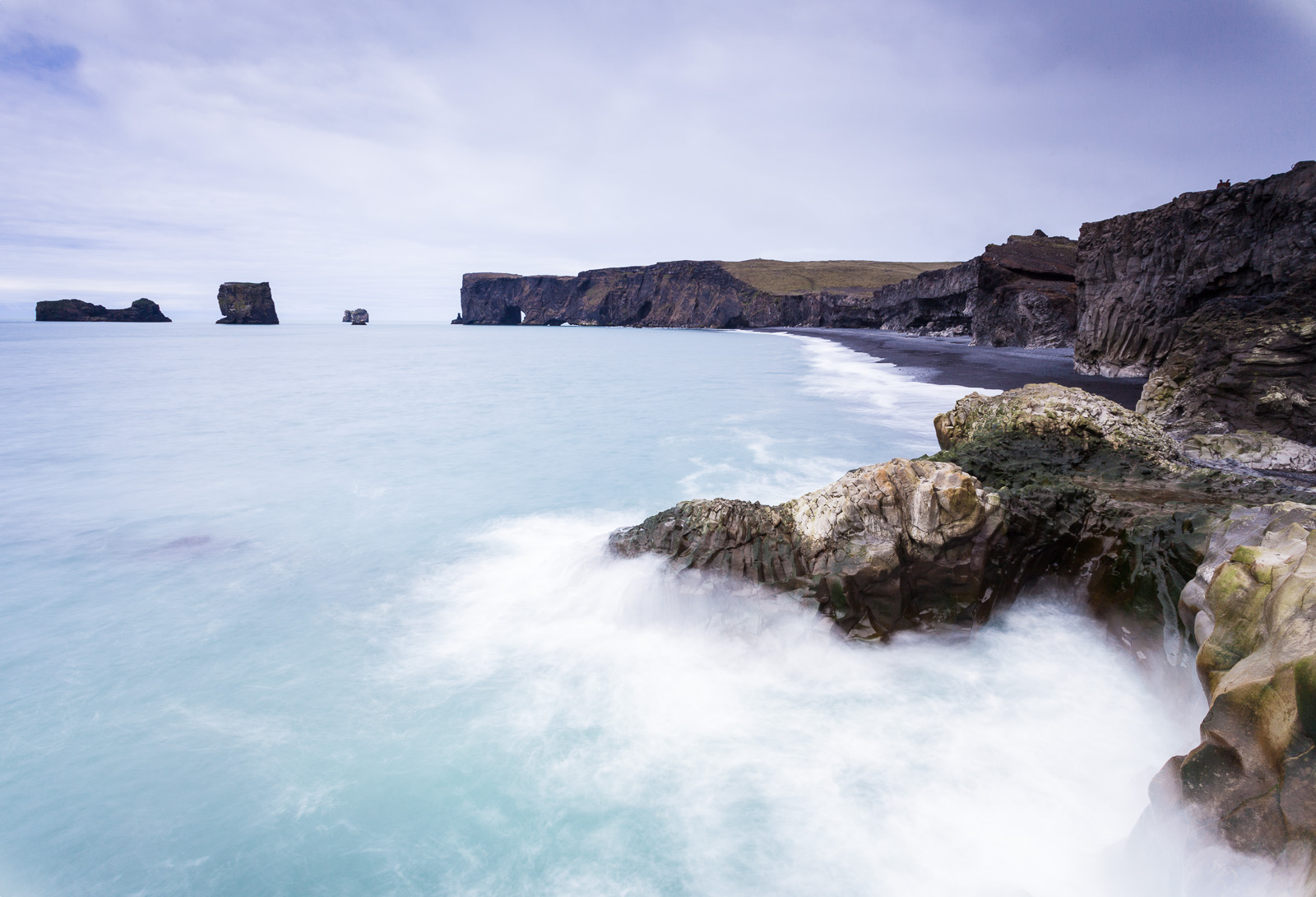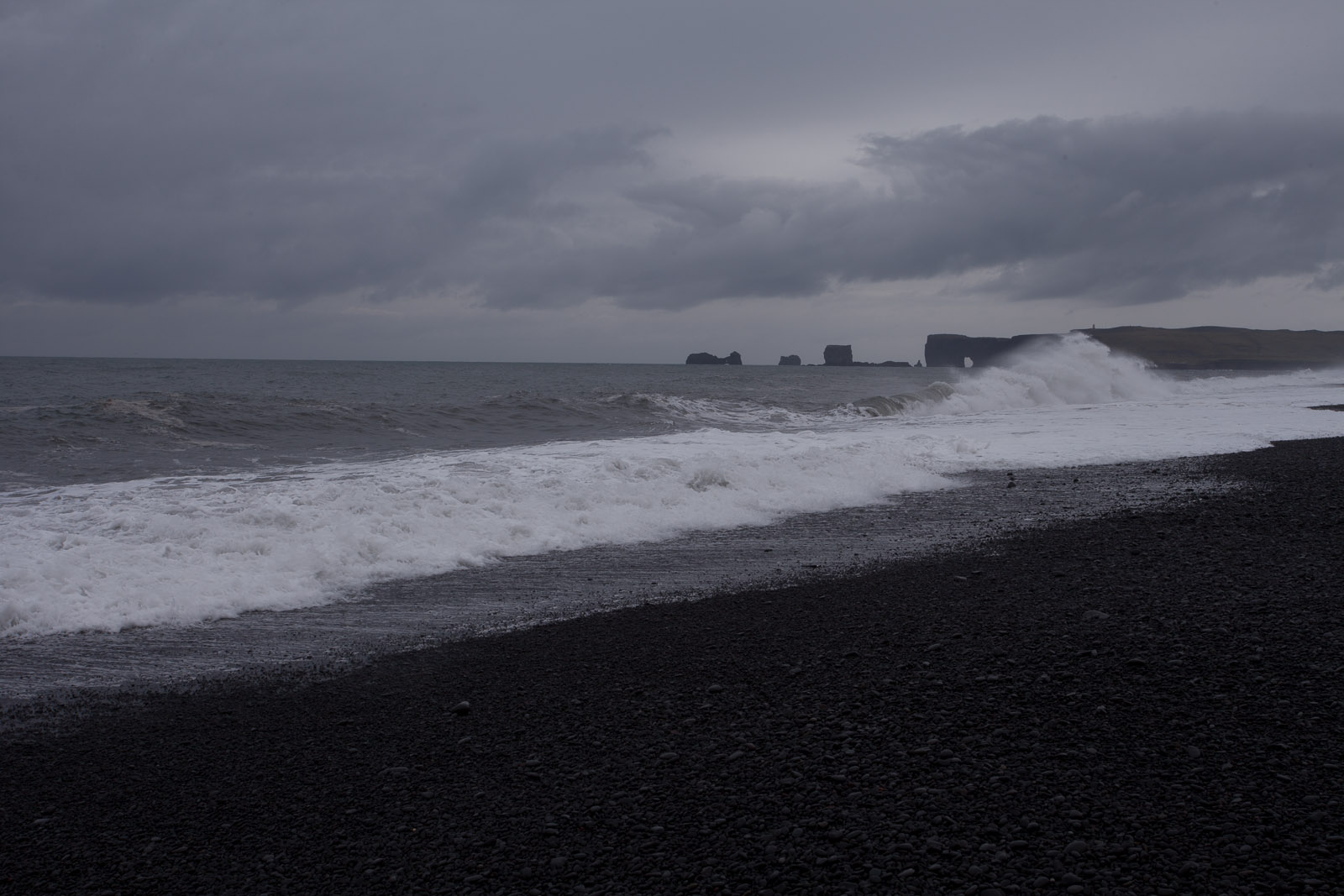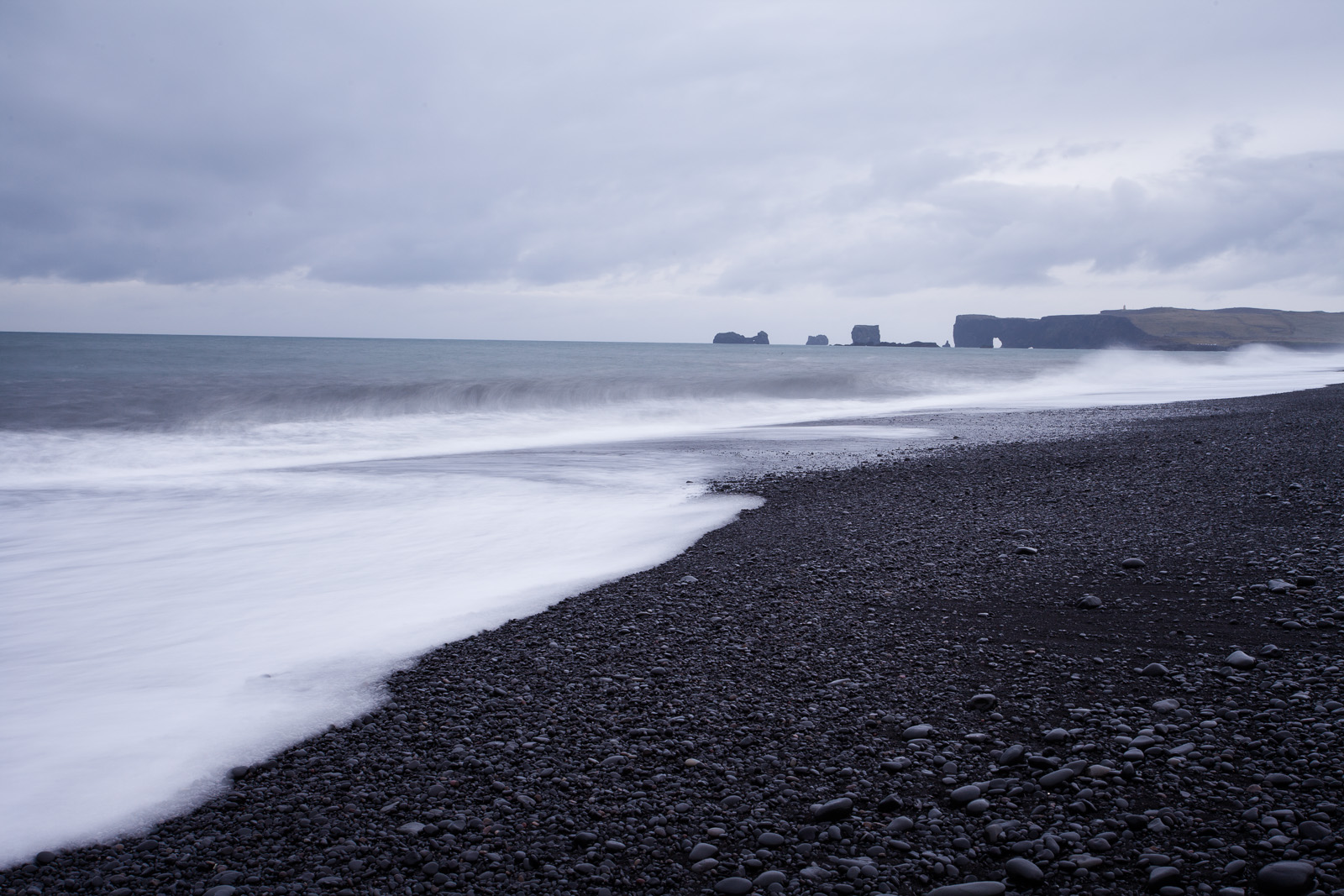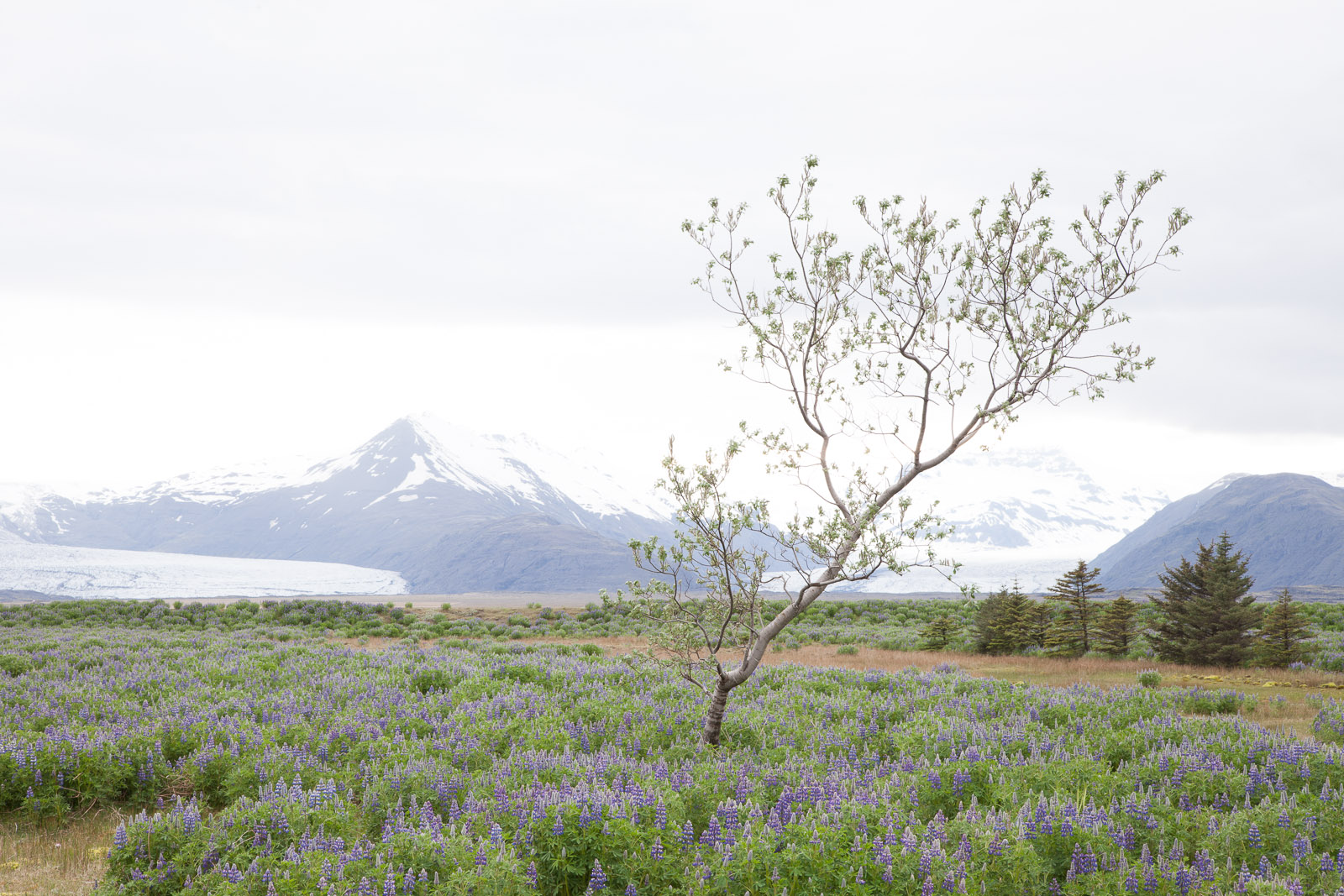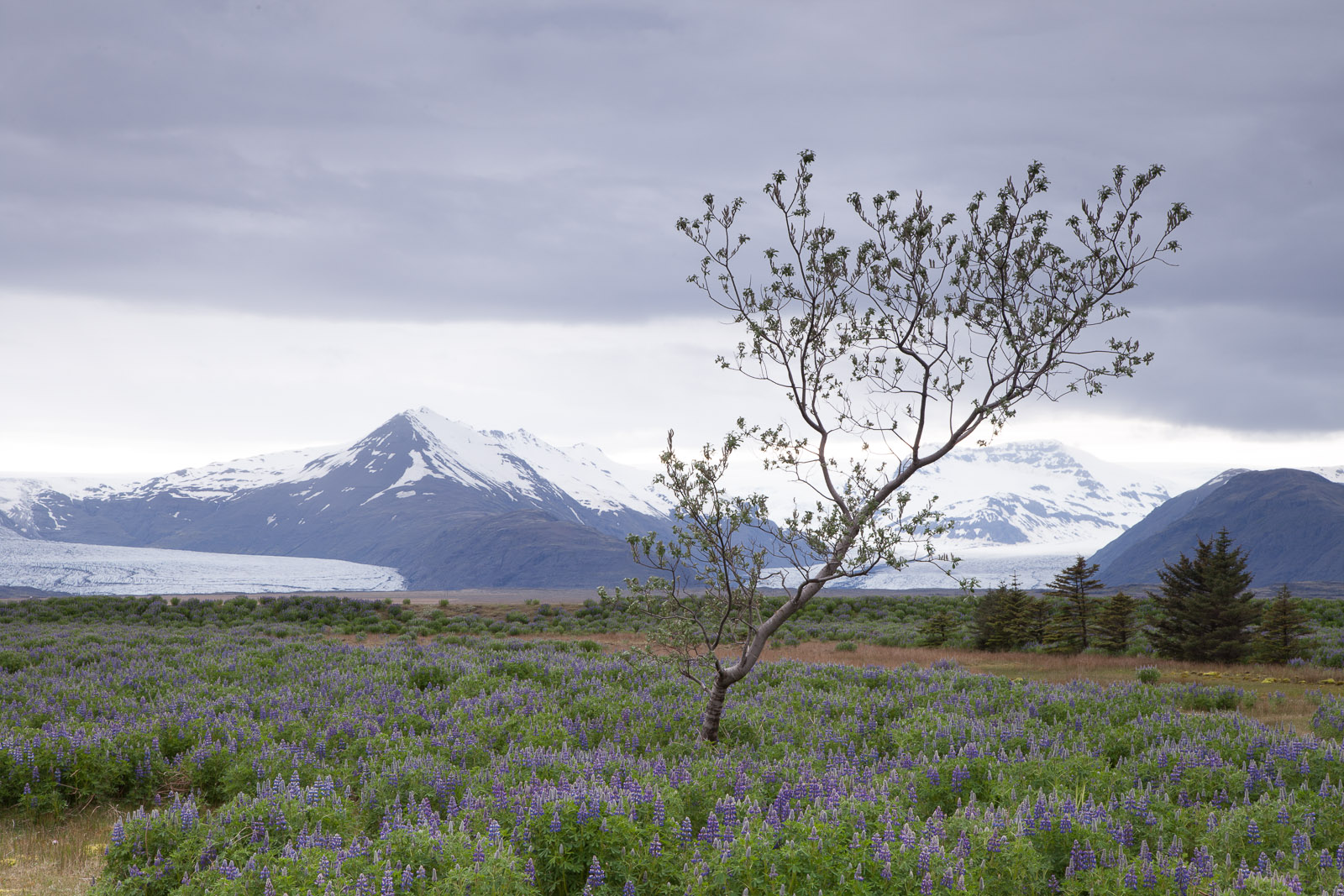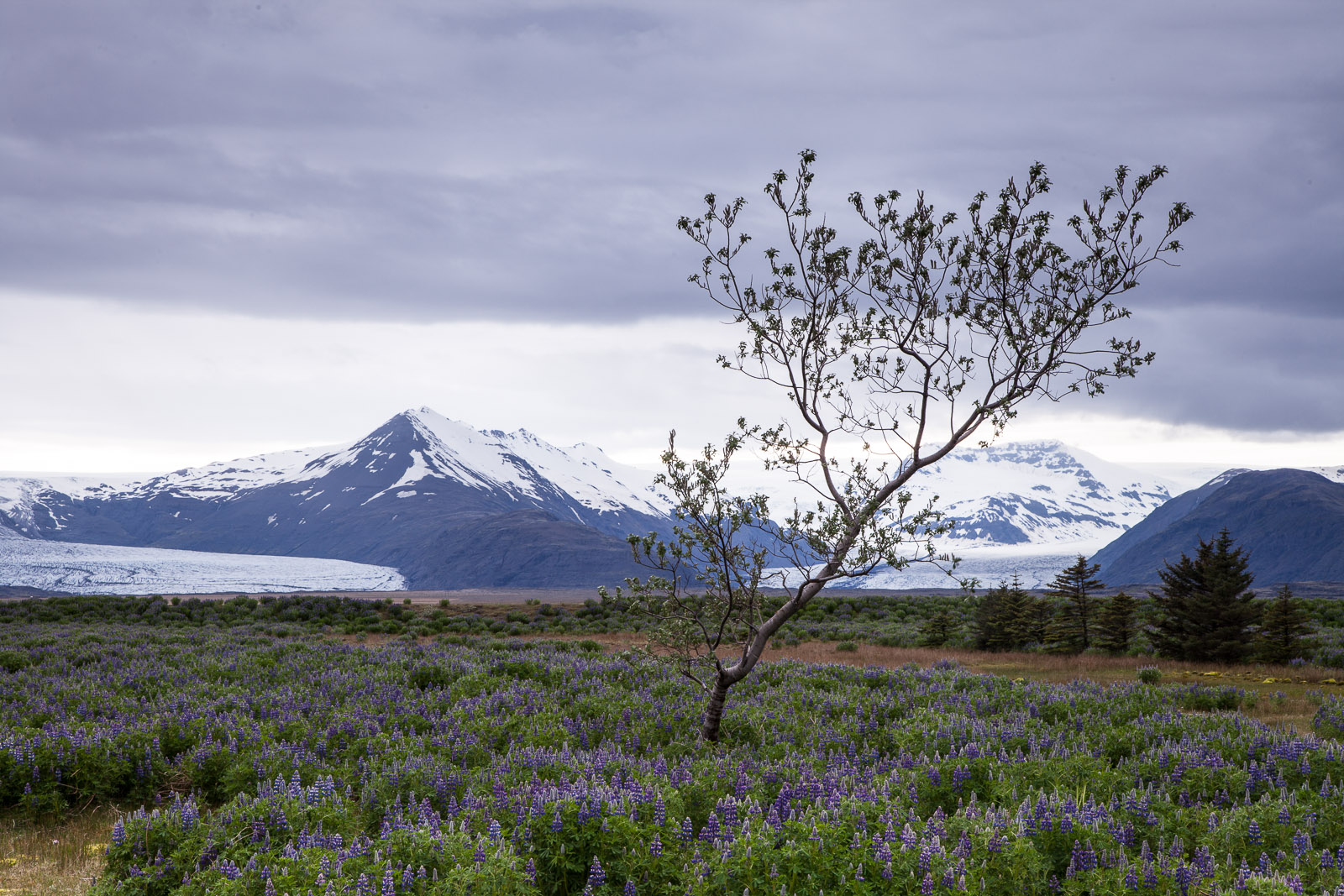The other day I was talking to someone just getting started in photography and later got thinking about what I have discovered over the past few years and if there was any advice that I could give other than the usual – and obvious – “know how your camera works” or “practice, practice, practice” advice. And there is: Good photographs rarely just happen.
Part of the joy of solo travel is that I can afford to spend lots of time waiting. And waiting. Usually it is for inspiration, or thinking about how to shoot a scene, or the light. But often it waiting for people to get out of the way. Iceland is a great case in point. One of the popular tourist spots along the southern coast is Dyrholaey. It is especially popular with bird watchers as several species, including puffins choose it as their nesting grounds. So, leave it to me to visit during nesting season when, what felt like every bird watcher on the planet, was out on the cliffs keeping a lookout. If that were not enough there is a fantastic black volcanic sand beach there with a cave at the far end and I can understand why people were keen to walk along to the cave and back. I would, usually. But I had this image in my head and it did not include people on cliffs. Or beaches. Or even, as cute as they are, a passing puffin. It just had the landscape.
So I set up the tripod, framed the shot, ran a few test shots to check focus, exposure and the creative look and then waited. For a few hours. The cliff line would clear, but people were still on the beach, or vice versa. Or both were clear, but the clouds had moved in. There was always something not right. I waited so long that the tide came in, changing the images, luckily in a way I liked.
Then it happened: No people, no birds, no grim clouds and an, as if to reward me, an incoming wave. Lovely.
Now yes, I could have cloned people out in post production, but I shoot to print at a metre plus in size and unless you’re really very good, Photoshopping can be spotted. Anyway, you really can’t remove clouds or add waves in Photoshop so getting it right in camera is usually the best course of action. So, my advice is simply that. Good shots don’t just happen – you make them happen.
By changing your viewpoint, or removing the waste bin sitting next to the rustic door, or by picking up rubbish seen in frame. Or simply by waiting.
